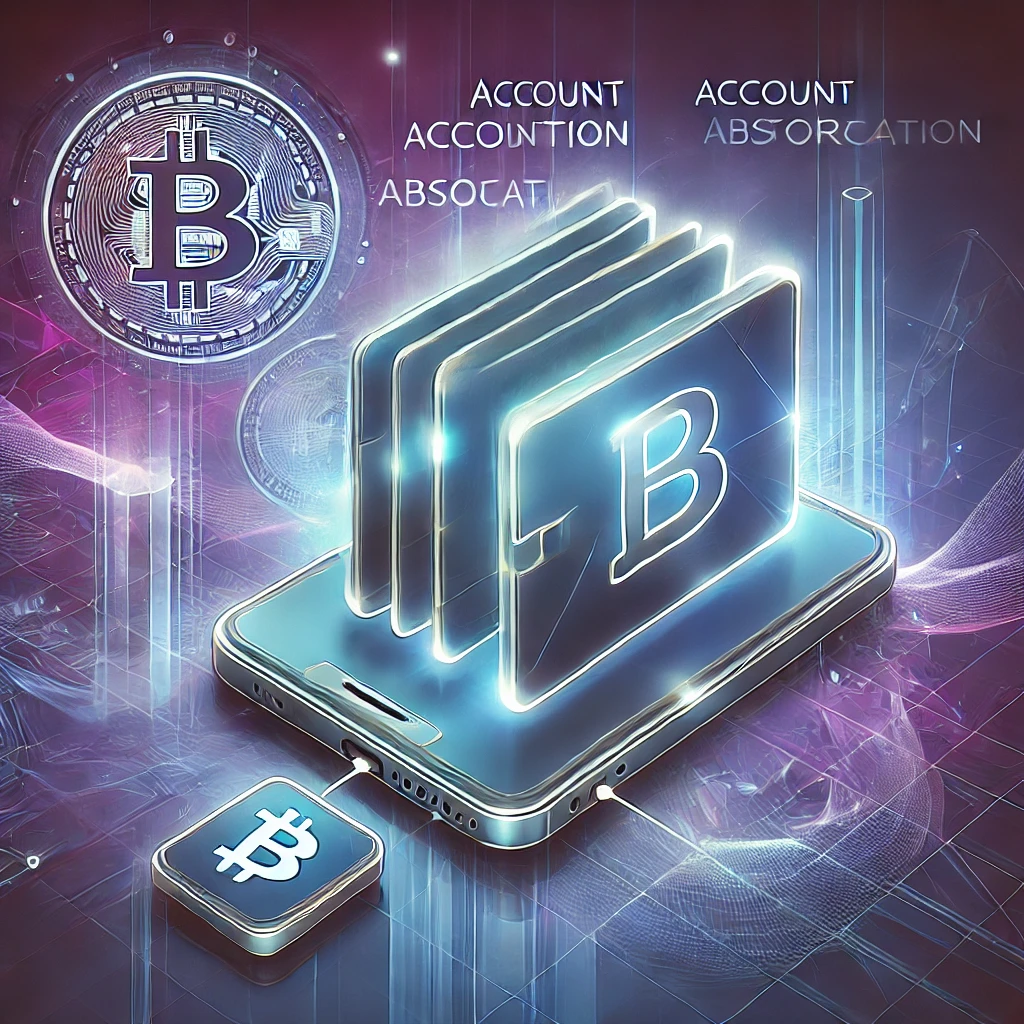Table of Contents
Introduction
The Evolution of Crypto Wallets: A Quick Overview
Since the inception of Bitcoin, crypto wallets have evolved significantly. Early wallets were basic, often requiring technical expertise to manage private keys and transactions. As the industry grew, user-friendly interfaces like MetaMask and Trust Wallet emerged, making it easier for non-technical users to interact with blockchain networks. However, these traditional wallets still have limitations in terms of security, usability, and flexibility.
Why User Experience Matters in the Crypto Space
In the rapidly growing world of decentralized finance (DeFi) and Web3 applications, user experience (UX) is pivotal. Complex interfaces and security concerns have often deterred mainstream adoption. Account abstraction (AA) promises to bridge this gap by offering seamless, secure, and flexible wallet experiences tailored to diverse user needs.
Understanding Account Abstraction
Definition and Key Concepts
Account abstraction refers to the decoupling of wallet functionalities from the rigid structure of traditional blockchain accounts. It allows smart contracts to act as accounts, providing programmable and customizable features beyond the standard model. This means users can set personalized rules for transactions, security, and account management.
The Technical Backbone: How It Works
In traditional blockchain architecture, there are two types of accounts: Externally Owned Accounts (EOAs) and Contract Accounts. EOAs rely on private keys, while Contract Accounts are controlled by code. Account abstraction blurs this distinction by enabling smart contracts to manage EOAs’ functionalities, allowing for features like multi-signature security, automated transactions, and flexible fee structures.
Traditional Crypto Wallets vs. Account Abstraction
Limitations of Traditional Wallets
- Complexity: Managing private keys and navigating blockchain networks can be daunting for newcomers.
- Limited Flexibility: Traditional wallets offer little customization in transaction processing.
- Security Risks: Single-point failures due to lost private keys or phishing attacks.
The Shift Towards Smart Contract-Based Accounts
Account abstraction enables smart contract wallets that can automate tasks, enhance security with multi-signature options, and support features like social recovery. This transition significantly improves the overall user experience, making crypto more accessible.
How Account Abstraction Enhances User Experience
Simplified Transaction Processes
With account abstraction, users can interact with dApps without manually approving every transaction. This streamlines activities like staking, swapping tokens, or participating in DeFi protocols.
Improved Security Measures
Smart contract wallets can incorporate multi-factor authentication, biometric verification, and social recovery mechanisms, reducing the risk of losing access due to compromised keys.
Flexible Authorization and Customization
Users can set custom rules for transactions, such as daily spending limits, whitelisting specific addresses, or automating recurring payments, enhancing control and convenience.
Gasless Transactions and Fee Management
Account abstraction supports meta-transactions, allowing third parties to cover gas fees. This is particularly beneficial for onboarding new users who might be unfamiliar with gas fees or lack the native token required to pay them.
Real-World Applications and Case Studies
Projects and Platforms Leveraging Account Abstraction
- Argent: A smart contract wallet that simplifies DeFi interactions with features like social recovery and gasless transactions.
- Gnosis Safe: Offers multi-signature capabilities and modular security settings, widely used in DAO treasury management.
Success Stories: User-Centric Innovations in Action
Case studies from platforms like Argent demonstrate how account abstraction can reduce onboarding friction, enhance security, and improve user retention rates in DeFi ecosystems.
Challenges and Limitations
Technical Barriers to Widespread Adoption
Implementing account abstraction requires complex smart contract development and robust security measures, which can be resource-intensive for developers.
Security Concerns and Potential Risks
While AA improves security, it also introduces new attack vectors. Smart contract vulnerabilities, if exploited, could compromise user funds.
Regulatory Considerations
As account abstraction blurs the lines between traditional financial services and decentralized platforms, regulatory clarity will be essential to ensure compliance and user protection.
The Future of Account Abstraction in Crypto Wallets
Emerging Trends and Innovations
- Interoperability: Seamless integration across multiple blockchains.
- Enhanced UX: More intuitive interfaces for mainstream adoption.
- DeFi and NFT Integration: Simplified management of diverse digital assets.
Potential Impact on DeFi, NFTs, and Beyond
Account abstraction could become the standard for managing digital identities, assets, and transactions across the Web3 ecosystem, driving the next wave of crypto adoption.
Redefining User Experience: A Paradigm Shift
Account abstraction represents a significant leap forward in crypto wallet technology, making blockchain interactions more user-friendly, secure, and versatile.
Final Thoughts on the Role of Account Abstraction in Mass Adoption
As the crypto industry matures, innovations like account abstraction will be crucial for bridging the gap between technical complexity and mainstream usability, ultimately paving the way for broader adoption of decentralized technologies.















